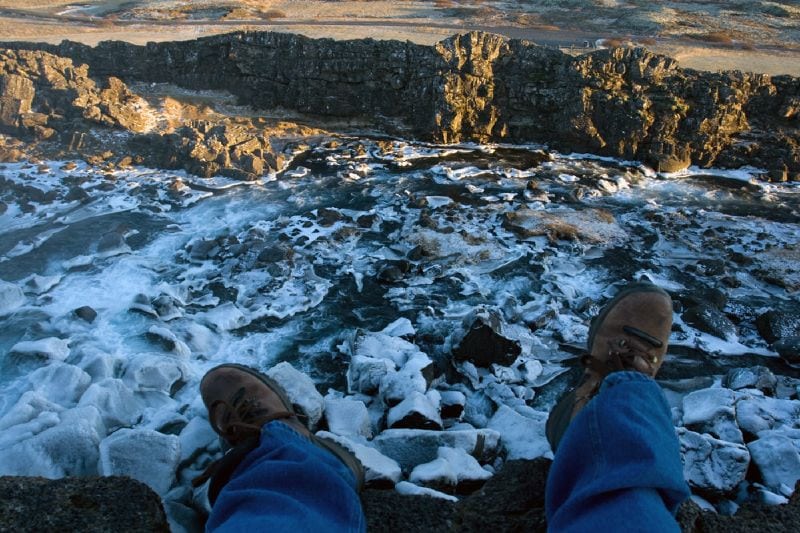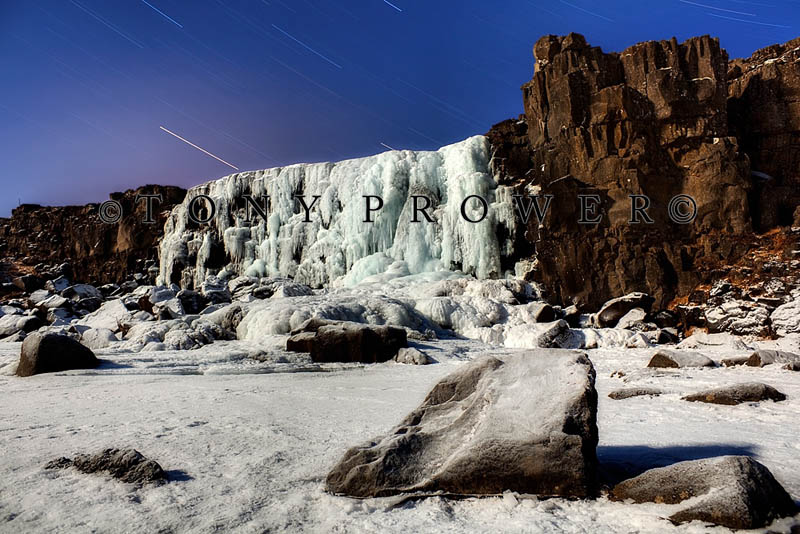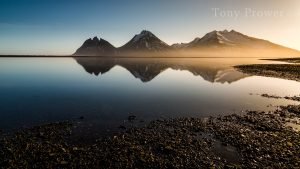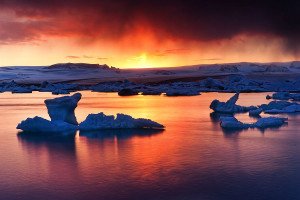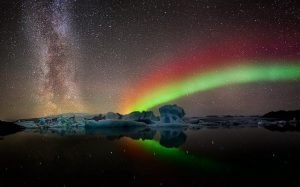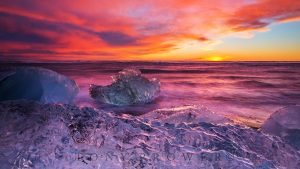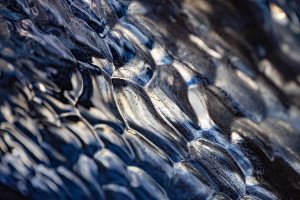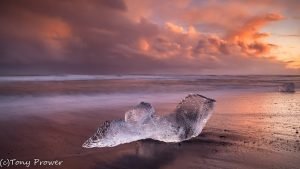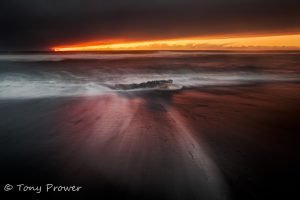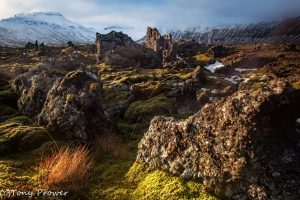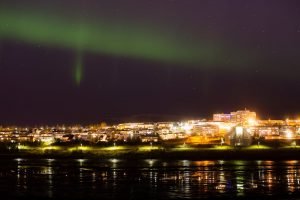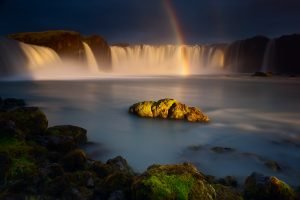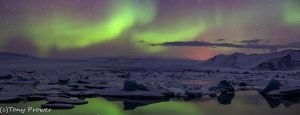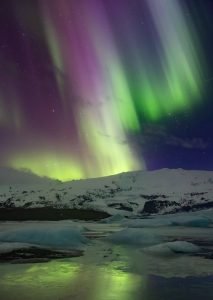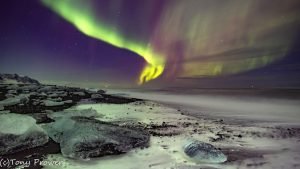When you are taking your camera into cold conditions, it will be wise to follow a few simple precautions to protect you and your gear. A poorly protected photographer can be in a dangerous situation in the Icelandic winter. Camera gear without cold protection can misfunction or break. Being poorly prepared can ruin your photo holiday.
Body Warmth
Feet First
Your feet are the most important thing to protect! They are, after all, what is going to get you out of potential danger. You need to think about protecting them first and foremost. Cold climates can present several different dangers to feet. The first is cold.
It is important to keep your feet warm and dry as possible. It is worth investing in strong hiking boots which have good waterproof qualities. If you can, finger a bit of waterproof wax around all the material and stitching on your boots.
Walking in snow, will eventually give you wet feet. Even with waterproof boots and hiking gaiters, deep snow will eventually work its way into your boots. and if this happens it is important to take every opportunity to allow them to dry.
Contrary to this, it can be beneficial in extremely cold, but dry weather, to have your boots slightly loose, this allows air to circulate around your feet a little. Don’t forget to tighten then as the terrain gets more challenging though.
Hands & Fingers
Hands will suffer in cold climates. The best way of reducing this suffering is with mittens with some waterproof qualities.
Trouble is that operating a camera in mittens is not easy. Some mittens consist of a fingered glove with a mitten attachment. This way you can operate your camera with the fingered glove and then replace the mitten.
It is important to prepare your camera before you venture into the cold. Attach accessories and adjust the settings roughly before you leave your shelter.
Be Prepared
Get a Grip
If you are walking in icy conditions, use some sort of crampon support. There are very cheap and simple grips for walking in icy areas, these could save your life at night. Effective products are ‘Yak tracks’ for mild conditions, MICROspikes for slightly more challenging terrains. If you are venturing into more challenging areas, such as mountains and glaciers, you should be prepared with good quality crampons. Instep crampons are fine for mountain walking, but full crampons should be used for glacier or ice climbing.
Layered Clothes
Cotton is the big ‘no no’!! You should have quality winter clothes which allow you to adjust layers. Start with ski-style underwear and build 3 or 4 extra layers on top of this to your outer shell, which should be wind proof, breathable and with some water resistance. Sweating can lead to hypothermia in Arctic conditions, so it is just as important to be able to cool down. If you are hiking up a mountain or long distance, you should be mindful of your sweat. This is a great advantage of dressing in layers. Being able to remove a layer could save your life.
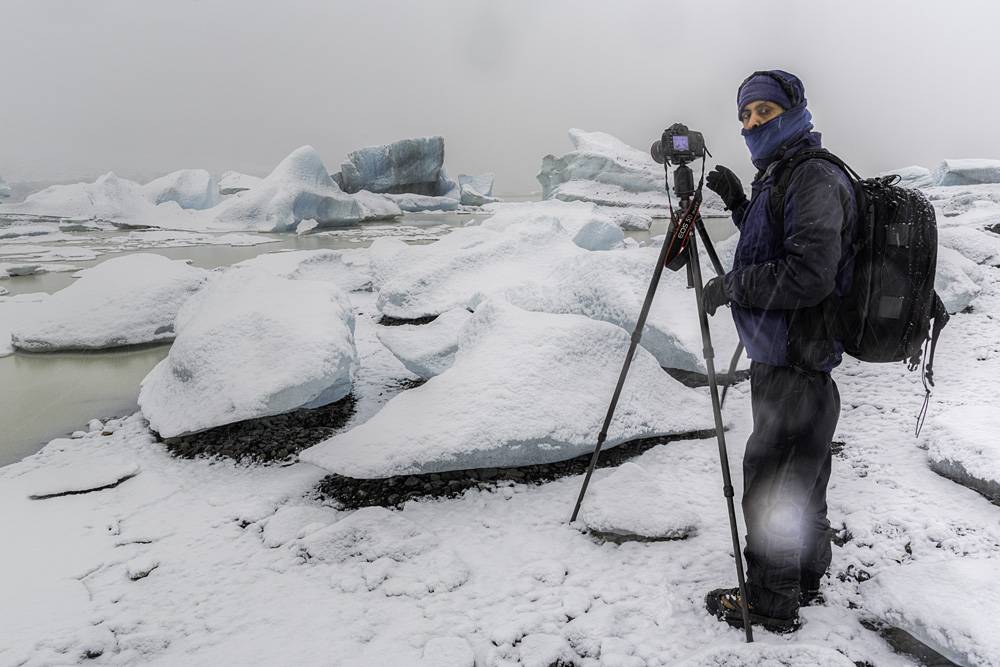
Film Cameras
I used an Olympus OM1 in temperatures as low as -8. The OM1 is completely mechanical. Only the meter is electronic. So what can go wrong with a film camera in the cold? A couple of times, I experienced snapping film. The 35mm film (usually Fuji or Kodak) would become stiff and brittle in the arctic winter. Simply winding the film on could cause the film to snap. This is disastrous and usually leads to losing all your pictures because the exposed frames cannot be simply wound back into the cassette.
Digital Cameras
Most pro cameras with tolerate extreme cold to about -25 degrees. Batteries will suffer the most and their life span will be halved. Be equipped with a spare battery and keep this in a warm inside pocket.
When your battery dies, swap them over and you should find that the dead battery is resurrected in your warm pocket. I used to use a battery pack until I started taking photos on winter nights in Iceland.
A battery pack will just give you two cold batteries. It is far better to use one at a time. Keep a spare battery in your body heat. There are exceptions. You might need to use a battery pack fro really long exposures.
The biggest threat to a cold camera is condensation when you bring it indoors. If the house is warm and especially if there is likely to be hot water around, place your camera and seal it in a waterproof bag before you take it inside. Leave it for a good hour to warm to room temperature.
Tripod Metal
Choose a tripod which you can operate easily with your gloves on. It may be worth while putting some lagging or bicycle handle-bar cloth around the metal parts so that you can touch then with an un-gloved hand without injury. Check out my DIY Tripod Snake.
